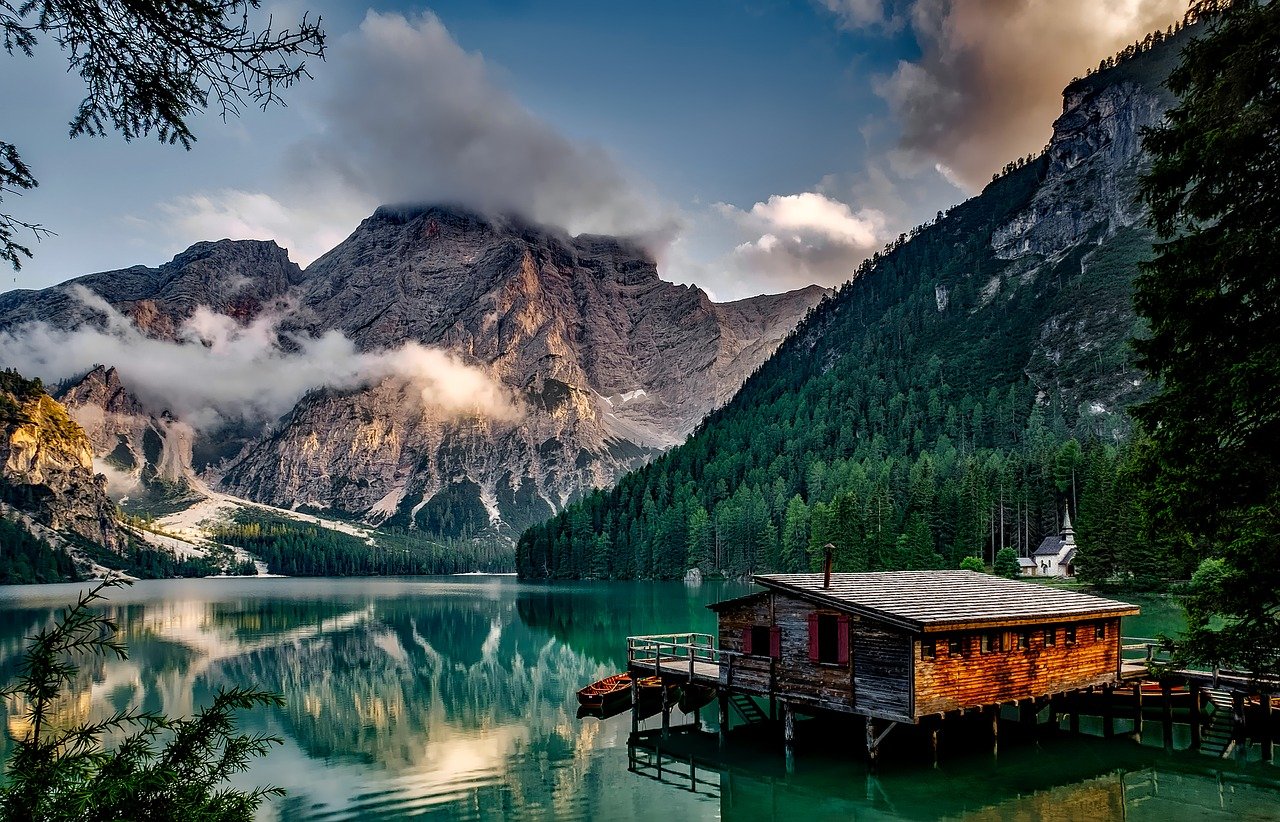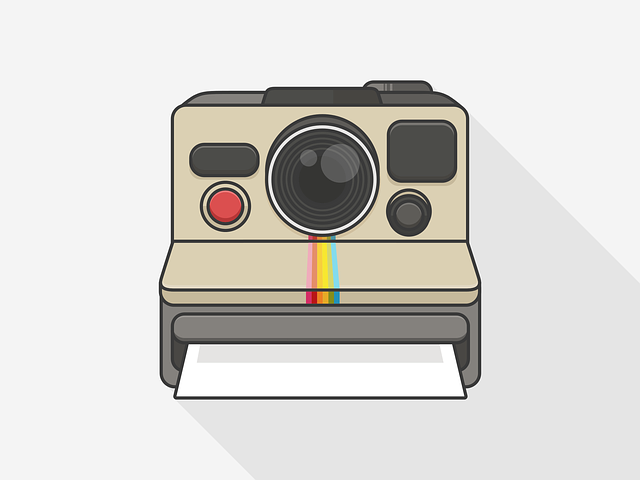Mastering Low Light Photography: Essential Tips for Beginners
Low-light photography can be both challenging and rewarding. Whether you’re capturing a dimly lit interior, shooting under the moonlight, or attempting to freeze the beauty of a cityscape at dusk, the proper techniques can make a world of difference. This article explores some valuable low-light photography tips for beginners, helping you take your nighttime and low-light shots to the next level.
1. Use a Tripod for Stability
One of the biggest challenges in low light conditions is camera shake, leading to blurry images. Invest in a sturdy tripod to keep your camera steady during longer exposures.
2. Open Up Your Aperture
Wider apertures (lower f-numbers) allow more light to enter your camera’s sensor, making them ideal for low-light situations. Experiment with settings like f/1.8 or f/2.8 to maximize the available light and achieve a beautiful background blur (bokeh) effect.
3. Adjust Your ISO Settings

Increasing your camera’s ISO sensitivity can brighten your photos in low light, but it comes at a cost: increased noise. Find a balance by using the lowest ISO setting possible while still maintaining a properly exposed image.
4. Slow Down Your Shutter Speed
In low light, your camera needs more time to collect light, so slow down your shutter speed. However, be cautious not to go too slow, as this can introduce motion blur.
5. Experiment with White Balance
Different light sources in low light environments can cast various colors on your images. Adjust your camera’s white balance settings or experiment with custom white balance to achieve accurate and pleasing color tones.
Conclusion
Low light photography can be a challenging yet highly rewarding genre. By investing in a tripod, understanding aperture, ISO, and shutter speed, and experimenting with white balance, beginners can capture stunning low light images.




